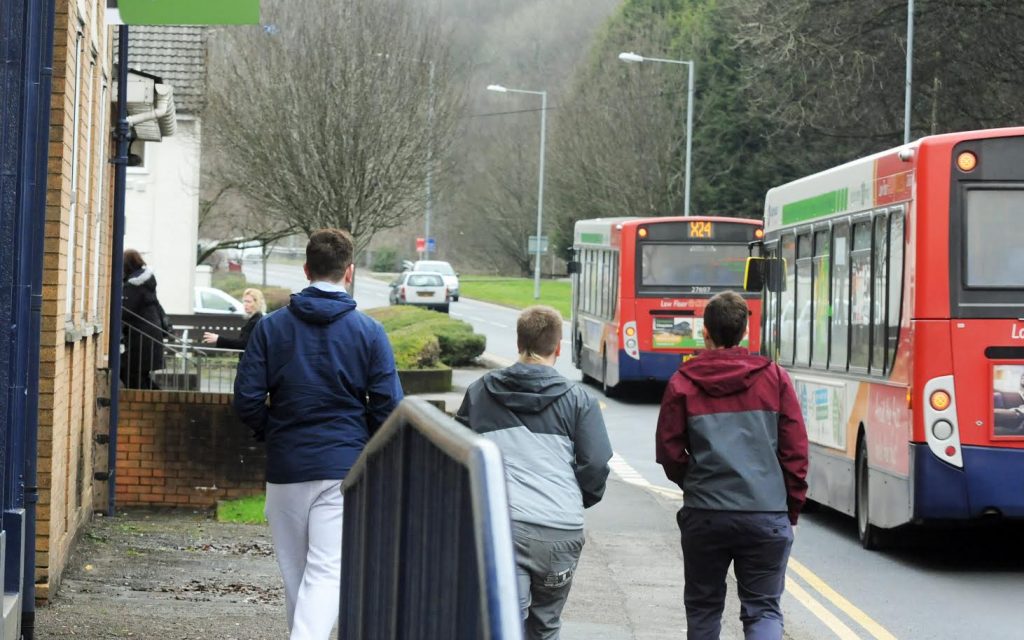 Poverty
Poverty 
The latest State of Wales briefing by the Bevan Foundation has found significant changes among those claiming out-of-work benefits in Wales. While in November 2012 one in seven people were receiving out-of-work benefits, this had fallen to one in nine[1] by November 2016 – a 22% drop in the number of people claiming in 2016 compared to 2012.
In 2012, men were more likely to claim out-of-work benefits than women, with one in six men claiming compared to one in eight women[2]. However, in 2016 this changed with 10,300 more women claiming than men – that’s one in eight women to one in nine men[3].
There are still wide disparities at the local authority level with Blaenau Gwent having the highest proportion of people claiming out-of-work benefits with one in six people claiming[4], closely followed by Merthyr Tydfil and Neath Port Talbot with one in seven people claiming[5]. Monmouthshire has the lowest proportion with only 7.5% of people claiming, followed by Powys, Flintshire, Ceredigion and Gwynedd.
However, Blaenau Gwent has seen the largest drop in the number of claimants with a drop in 5.7 percentage points over the last five years compared to 1.2 percentage points in Ceredigion. This not only suggests that reliance on out-of-work benefits is falling, but that it’s falling more in areas that were most reliant on state support.
Lucy Williams, the Bevan Foundation’s Policy and Research Officer, said: “Out-of-work benefits can be a life line for so many people who are unemployed or economically inactive, and a reduction of 22% over the last five years is a lot. What we don’t know is whether this drop nationally and at the local authority level is due to more people finding suitable employment or due to barriers to accessing some out-of-work benefits such as stricter assessment criteria for ESA”.
“What the data doesn’t tell us is why the demographics of those claiming out-of-work benefits have changed over five years with a significant reduction in male claimants but less so for females, resulting in more women claiming out-of-work benefits than men”.
The number of claimants has also decreased for tax credits and housing benefits over the last five years. There has been a 7% decrease in people claiming housing benefits in Wales, from 253,629 in 2013 to 234,871 in 2017. In February 2017, over half of all claimants were in one-adult households and women, with only one quarter of claimants being single men, and one fifth being couples[6]. Furthermore, the number of women claimants has only dropped by 5% over the last five years, whereas for men it has dropped by 9%, and by 11% for couples.
The number of households claiming Working Tax Credits has also decreased by 14% between 2011/12 and 2015/16, with the decrease being stronger among claimants with no children.
State of Wales briefings are published for Bevan Foundation subscribers – click here for more information.
Endnotes:
[1] Fallen from 14.3% to 11.3% of the working age population in Wales.
[2] 15.4% of men and 13.3% of women in November 2012.
[3] 10.8% of men and 11.8% of women in November 2016.
[4] 16.2% in Blaenau Gwent
[5] 15.2% in Merthyr Tydfil and 14.9% in Neath Port Talbot
[6] 121,870 were single women, 62,908 were single males and 49,312 were couples.


